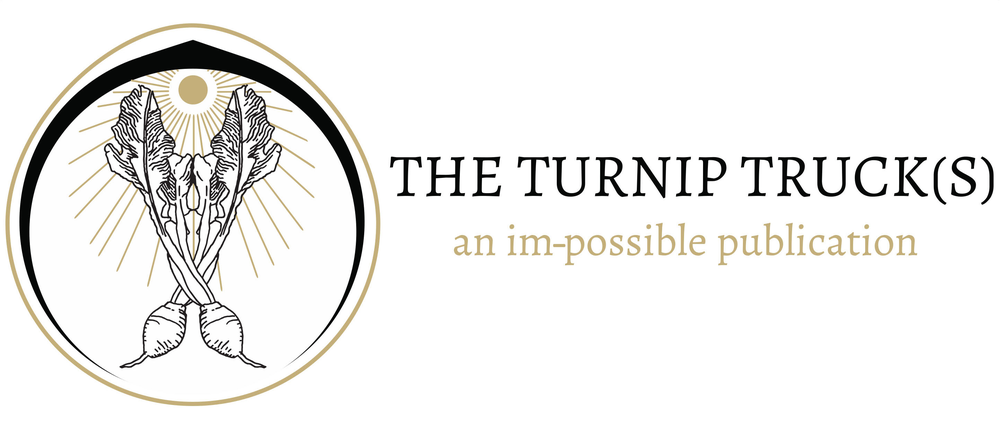John Collier, Priestess of Delphi (1891)
Perhaps the turning point between hominids and homo sapiens about 100,000 years ago was the awakening of fear of the future. As far as we can surmise, human beings are the only creatures who have developed a consistent sense of fear of the unknown. Along with the consciousness of death, early humans acquired the concomitant consciousness of time, and along with these temporal obsessions, humans generated concepts of the sacred and guilt. The coincidence between these five developments is undoubtedly related to the common thread of fear.[1] The sense of fear necessitated the belief in some predictor of the unknown. The belief in an assurance that some special individual could foretell and explicate future events.
As soon as humans developed a profound concern about future events, there emerged the prophet, literally someone who “speaks before.” The first prophets were probably medicine men, given that prophecy has always been related to divine inspiration. In all its forms, divine inspiration, madness, sacred communication, and all variants thereof, have been connected to intoxication. The various ritualistic formulas for intoxication would have required knowledge of fungi, plants, oils, and, after the invention of agriculture, the complexities of fermentation. The link between knowledge of intoxicants, healing power, the pharmakon[2], and the power of prediction have been primordially linked since paleolithic times.
One of the earliest and most enduring notions of the prophet is the Oracle at Delphi, the great prophecy center of the high priestess of Apollo, the Pythia. At Delphi, prophecy was aided by the intoxicating fumes that surfaced from within the earth on the spot where the oracle sat upon the tripod chair in the shrine. Oracles, “frenzied women from whose lips the god speaks,” [3] originated in the ancient Near East, and they are connected to the prophets in the Torah who, among other things, predicted of the coming of the messiah. In the monotheistic tradition, “The Last Prophet” is Mohammed.
Today, through digital dissemination, we have a plethora of itinerary prophets, from the ever-present eschatological Evangelical apocalyptic prophet to zodiac prognosticators, online psychics, Nostradamus aficionados, political forecasters, and relationship oracles. Today, the intoxicant is, of course, algorithms rather than ingested potion. The fear of the future is alive and well, and along with it, the need to believe in someone, something that can alleviate that fear. Lest not forget the motivation of all human gamblers, from sports to the stock market: they are habitually wagering on prophecy.
[1] The seminal studies remain, Rudolph Otto, The Idea of the Holy, translated by John W. Harvey (Oxford, 1958), and Mircea Eliade, History of Religious Ideas, Vol. 1: From the Stone Age to the Eleusinian Mysteries, trans. by William R. Trask (Chicago, 1978), and René Girard, Violence and the Sacred, trans. by Patrick Gregory (Baltimore, 1977). The study of the connection between primordial fear and a more radical notion of the human “fear of freedom,” has been tangentially discussed by Sade, Nietzsche, Freud, Frazer, Georges Bataille, and Maurice Blanchot, among others.
[2] For pharmakos, as both a healing and poisoning force, see Jacques Derrida, “Plato’s Pharmacy,” Dissemination, trans. Barbara Johnson. London, 1981), 61-172, and René Girard, The Scapegoat, trans. Yvonne Freccero (Baltimore, 1986) and Gerard, Violence and the Scared, op. cit., above.
[3] Walter Burkert, Greek Religion (Harvard, 1985), p 116-118. In Rome, prophets were augurs, those who predicted the future through their interpretation of the flight of birds, the art of augury.

